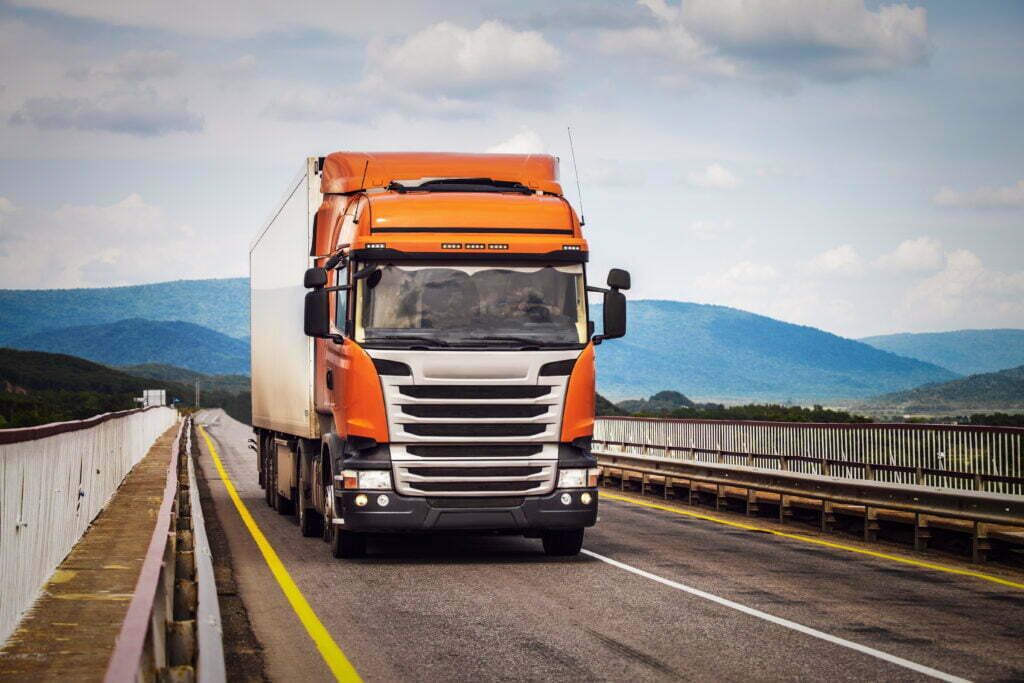Heavy-duty vehicles are those that are built to tow or carry heavy loads. They require a greater amount of power to start than passenger vehicles and so may need a jumpstart from time to time. If you are unsure whether your heavy-duty vehicle needs a jumpstart, there are certain signs you can look for. In addition, there are specific steps you need to take when jumpstarting a heavy-duty vehicle.
4 Common Reasons Your Heavy-Duty Vehicle May Need a Jump
Jump-starting a heavy-duty vehicle is not quite as simple as jumping a standard-sized automobile. While the typical “jump” is due to a dead or weak battery, there are more reasons that might contribute to a heavy-duty vehicle’s power failure. Some common ones include:
- You’ve been idling for too long: If you let your car idle for too long, the battery will eventually die. Even if you’re not driving, your vehicle is still using power to run the accessories, like the radio and air conditioning.
- You have a weak or old battery: Batteries don’t last forever. Even if you don’t use your car often, the battery will slowly lose its charge over time. If it’s been a while since you’ve had your battery checked, it might be time for a new one.
- You have a faulty alternator: The alternator is what charges the battery while the engine is running. If it’s not working properly, the battery won’t get the power it needs and will eventually die. A failing alternator can also cause other electrical problems, like dim lights or strange noises from the engine.
- You have a voltage drop: A voltage drop is when the battery’s voltage suddenly drops, usually due to a sudden load on the electrical system. This can happen if you turn on the headlights while the engine is off, or if you try to start the vehicle with a dead battery.
How to Know If a Jump Is in Your Future
We’ve already touched on some of these but, at a glance, there are signs that you’re facing, or soon could be facing, the need for a jumpstart. They are:
- Your engine won’t crank when you turn the key
- Your engine cranks slowly
- Your headlights are getting dim or flickering
Tools of the Trade for Jumping a Heavy-Duty Vehicle
To jumpstart a heavy-duty truck, you’ll need jumper cables, a battery charger, and a working battery. You’ll also need another vehicle with a working battery to use as the “jumper.” Once you have all of your supplies, follow these steps:
- Park the jumper vehicle next to the dead battery, making sure the batteries are not touching.
- Connect one end of the positive jumper cable to the positive terminal of the dead battery.
- Connect the other end of the positive jumper cable to the positive terminal of the working battery.
- Connect one end of the negative jumper cable to the negative terminal of the working battery.
- Connect the other end of the negative jumper cable to a metal ground on the dead vehicle. This could be a bolt on the engine block or chassis.
- Start the jumper vehicle and let it run for a few minutes.
- Try starting the dead vehicle. If it doesn’t start, you may need to let the jumper vehicle run for a longer period of time.
- Once the dead vehicle is started, remove the jumper cables in the reverse order that you put them on. Be careful not to let the clamps touch each other while they’re still connected to the batteries.
How Heavy-Duty Vehicles and Passenger Vehicles Differ When Jumpstarting
While the process of jumpstarting a heavy-duty vehicle is similar to jumpstarting a passenger vehicle, there are some important differences to keep in mind. One is the size of the battery. Heavy-duty batteries are much larger than passenger vehicle batteries, so you’ll need longer jumper cables to reach from one battery to the other. Furthermore, with big rigs, you may be dealing with more than one battery or even more than one battery type, so it’s important to know which one is failing.
Another difference is the amount of power required to start a heavy-duty engine. It takes a lot more power to turn over a big diesel engine than it does a small gasoline engine. This means that you might not be able to jumpstart your truck with a passenger vehicle. You’ll need another heavy-duty truck with a strong battery to provide the boost you need.
Finally, keep in mind that it takes longer to charge a dead battery in a heavy-duty vehicle. It might take several minutes of driving before the battery is sufficiently charged to start the engine. Be patient.
If you are a heavy-duty vehicle operator and find yourself in need of a jump, don’t hesitate to reach out to J&A Fleet Maintenance. We’re here to help you get back on the road quickly and safely. That way, your trucks can stay productive and keep your customers happy.

